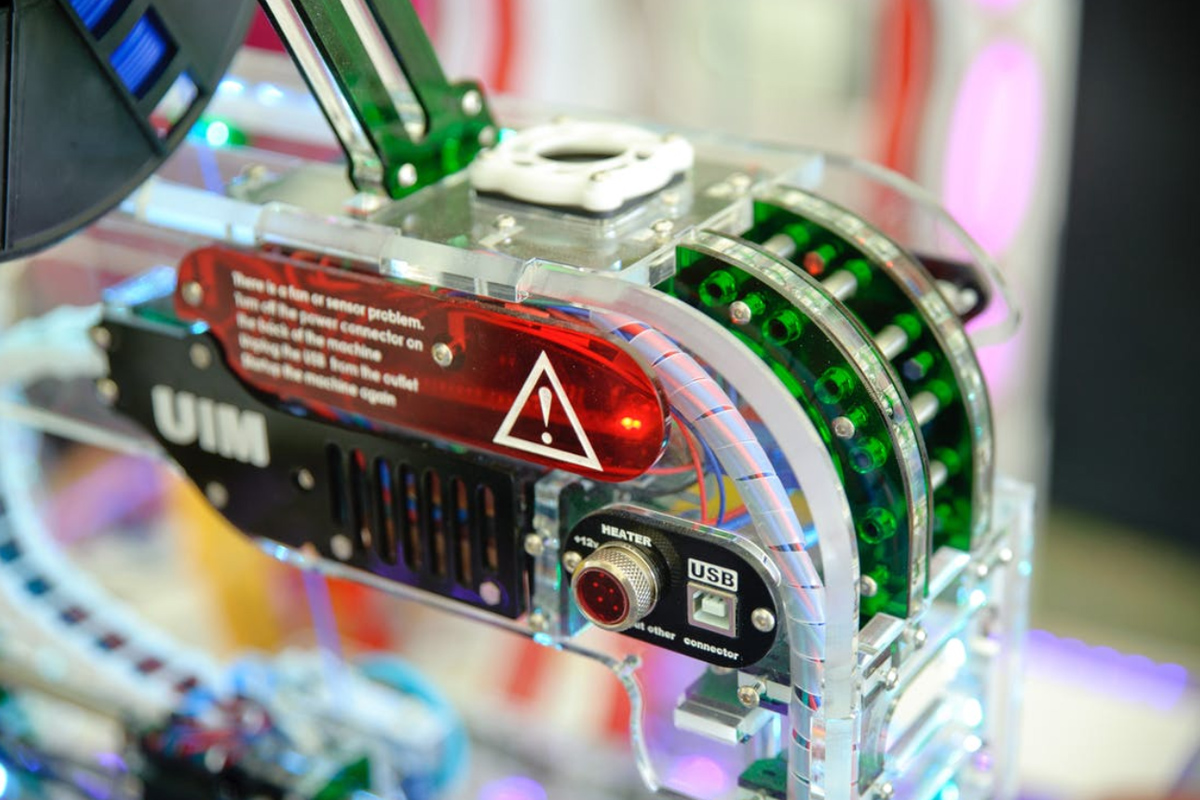This month we describe some of the economic aspects of Additive Manufacturing (AM) in metals and make the case for competitive solutions compared with more traditional methods.
It is often mentioned that AM or 3D printing technologies are only suitable for prototyping parts that will eventually be manufactured by more traditional means.
This is not necessarily so. It is assumed that AM parts are somehow not good enough for real world application. Most people with titanium Hip, Knee or Spinal implants made with AM would strongly disagree!
The commercial, military and satellite aerospace industries are working apace to qualify flight certified AM parts at present. We are aware of EBM AM parts undergoing flight testing right now today.
Considerations in additive versus traditional manufacturing
No special tooling
Jigs, fixtures, moulds dies and cores eliminated, and frees working capital. Lead times are drastically reduced – typical aerospace forgings can take 9 months from concept to production ready part, involve considerable tooling and unique-to-product process development. Typical EBM AM equivalent parts can be executed (whilst also accommodating running design changes) in less than 9 weeks with an economic batch size of just one finished part which further adds to flexibility in design iteration and reduced material consumption.
Material Only Where It Is Needed
Increasing part complexity will typically decrease the production cost with AM – material only needs to be where the part function requires it – not just where the conventional CNC tool paths can reach to remove unwanted material. AM parts are built additively so only the material comprising the finished parts is used.
A material yield in excess of 95% is easily achieved for most part geometries whereas traditional subtractive process may remove 95% of the material volume in the process of a series of machining operations.
Parts Count
A key benefit of AM is to reduce parts count by consolidating parts and entire sub-assemblies together to eliminate inventory, hasten finishing operations and speed up/ eliminate assembly operations. A recent AM feasibility study project done by Zenith Tecnica reduced the parts count from 27 separate parts to six
Better Material Properties
Parts manufactured by EBM AM will generally have better material properties (UTS, yield, ductility, fracture toughness, LCF/HCF performance) than those of traditional casting, forging or machined from billet parts.
As-built EBM titanium alloy parts will exhibit better through section mechanical properties than equivalent material cast products and in many cases wrought products too. Properties may be improved still further with Heat Treatment and Hot Isostatic Pressing (HIP)
Lower Part Scrap Rates
The use of AM enables a proper production process design to be carried out in typically just one step – multiple parameters can be varied on multiple test articles to establish key limits fits or finishes desired by the specification.
Less Material Input
The weight of material used per finished part is considerably reduced as compared to processes such as casting or billet CNC machining. Less materials input equals less direct cost of material in the first instance. You also get superior strength, better corrosion resistance and less.
Reduced Working Capital Employed
Often overlooked are the hidden costs of the traditional Supply Chain, and manufacturing plant & equipment with long lead times requiring bolstered inventory holdings, long production lead times and buffering at many points from individual parts suppliers to the finish assembly stage. Work In Progress is reduced due to the lower lead time and less parts count equates to less inventory tied up to support assembly/ service parts.
So what does all this mean?
Each and every case will be different but a realistic illustrative example of the above for a complex machined part in stainless steel should be better than 50% of the total cost of a traditionally made part in EBM titanium.

